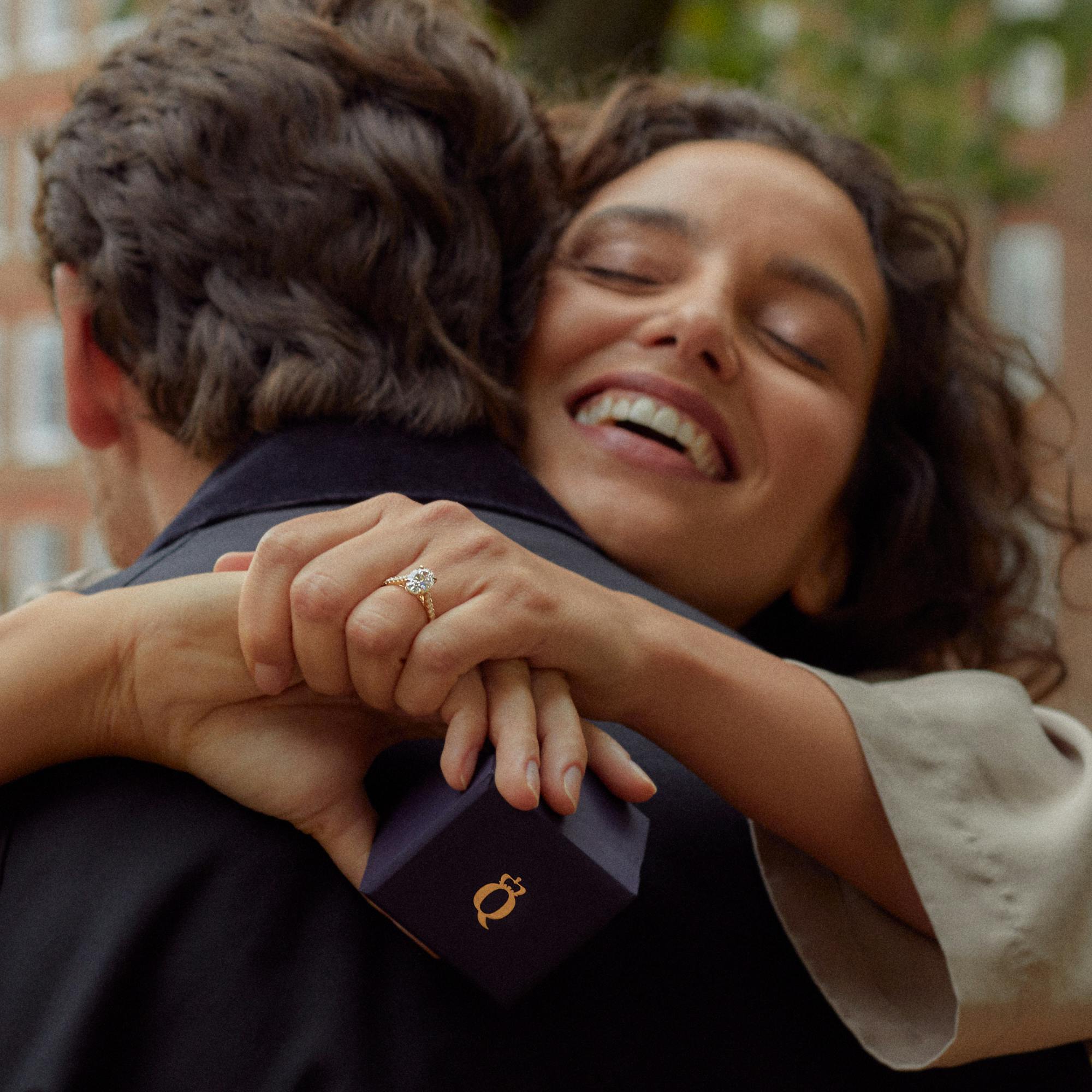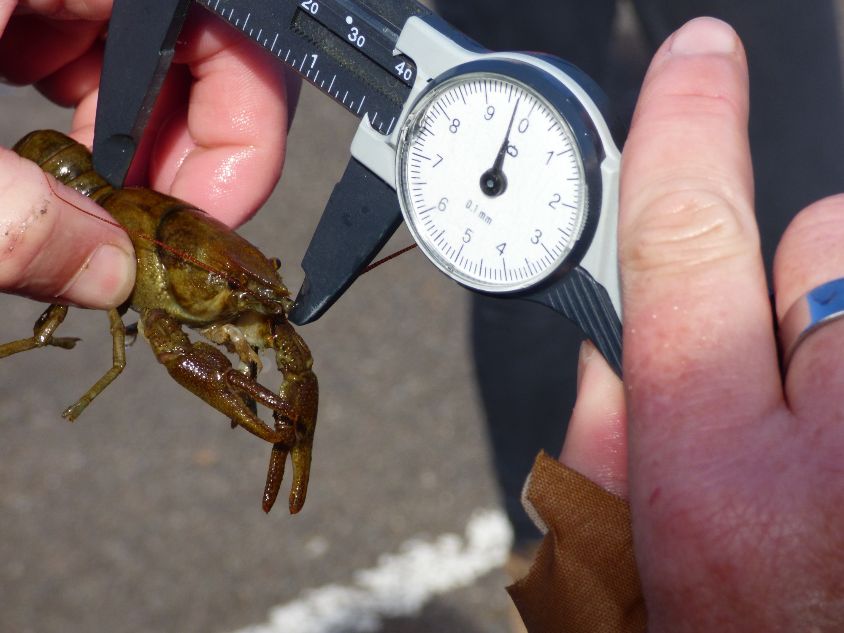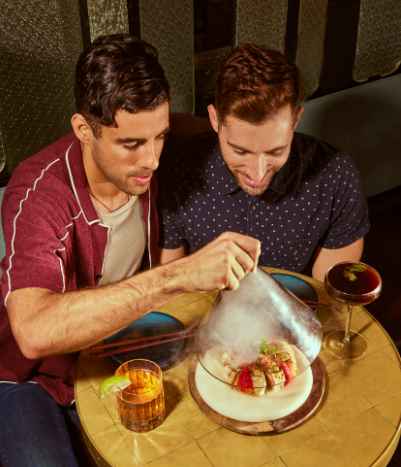The end of a relationship, whether a broken engagement or a finalised divorce, is often an extremely draining and financially stressful process.
Amidst the chaos, there is one universal and complicated question that can often leave newly single people stuck: What do you do with the engagement ring? The decision often involves sentimental, financial and legal considerations.
To help Brits navigate this dilemma, wedding and engagement ring specialists, Queensmith, have shared their advice on each option. For some, the breakup is amicable, or the ring is simply too beautiful and valuable to part with.
Keeping the ring, whether you tuck it away for safekeeping or happily rock it on a different finger, is a completely valid move. If you’re planning to hold onto the piece as a smart little investment or to pass it down to family, just be sure to treat it right.
That means getting it appraised, insured, and properly stored so it stays sparkly. Think of it as turning a past chapter into a valuable belonging.
Regarding the decision to keep a ring, Laura Suttie, Jewellery Expert at Queensmith, said: “The first step in deciding to keep the ring is an emotional check-in.
“Ask yourself honestly: Does it spark joy or sorrow? If the ring is tied to happy memories and makes you smile, it's a definite keeper, a treasured item and a potential future heirloom.
“However, if it brings up unhappy or painful feelings, selling it might be the better choice for your overall peace of mind. Beyond sentiment, you should also consider its future value, since rings with diamonds and precious metals naturally retain value.
“Holding onto a ring means you're investing in a personal, tangible asset. Once you decide to keep it, you must protect both its physical and financial worth.
“First, get a recent, official appraisal from a reputable jeweller. This paperwork establishes the ring's current market value and is crucial for insurance.
“Secondly, try to secure adequate insurance coverage. Standard property policies usually have low limits for expensive jewellery, so you'll need a separate insurance rider or policy to cover the ring for its full appraised value against theft, loss, or damage.
“Finally, ensure you store it safely when you're not wearing it, preferably in a locked safe or a safety deposit box. By following these steps, you take control of the ring's financial reality while still cherishing its history.”
If you love the diamond or gemstone but want to eliminate the emotional weight of the original engagement setting, repurposing the ring is the ultimate act of self-reclamation. This option allows you to retain the stone's value and history while transforming it into a piece of jewellery that symbolises your future, perhaps as a pendant, an heirloom necklace, or a different style of ring.
Emily Ratajkowski famously repurposed her unique two-stone, or "Toi et Moi"engagement ring, following her divorce. Originally featuring a large pear-shaped diamond and a princess-cut diamond set together on one band, she collaborated with the original jeweller, Alison Lou, to separate the diamonds.
The single ring was transformed into two separate "divorce rings," which she proudly debuted on her social media. This redesign created two distinct pieces: the pear-shaped diamond was reset as a yellow-gold pinky ring, and the princess-cut diamond was mounted with trapezoid side stones on a second ring.
Laura Suttie said: “Redesigning a ring can be incredibly cathartic.
“If deciding between selling or keeping it is too difficult, redesigning is a meaningful way to transform something tied to painful memories into something new, while still honouring its emotional history. You could move the diamond into a necklace or design a new 'self-love ring' for your other hand.
“By doing this, you aren't making the stone worth less, you're simply giving it new meaning. You can align this to your own style, switching a symbol of an old promise into a celebration of your independence.”
Choosing to sell your engagement ring offers the most straightforward way to gain both financial independence and emotional distance. Converting a valuable piece of jewellery that holds painful memories into capital, whether to fund travel, a new flat deposit, or simply create a fresh start, is often the most practical and cathartic solution.
Remember that market value is not the same as insurance value, but the emotional closure is often priceless. Laura Suttie, jewellery expert at Queensmith, said: “When keeping or repurposing the ring feels too painful or difficult, selling is the clear option to let go and move on from that past chapter entirely. Instead of seeing it as a negative or failure, see it as funding your future.
“The money you make can be used for something that truly celebrates you, like a deposit on a new place, an investment in your career, or just pure personal happiness. Whilst you might not be able to sell it for its full original value, the feeling of closing that chapter and investing directly in your next one can be empowering.”
Sheeba Eeswaramoorthy, Consultant Solicitor at Richard Nelson LLP, says: “Engagement rings are more than pieces of jewellery.
“They are loaded with symbolism, representing love, commitment and, in legal terms, what is known as a conditional gift. Under Section 3(2) of the Law Reform (Miscellaneous Provisions) Act 1970, an engagement ring is presumed to be an outright gift unless there is evidence to the contrary.
“In practice, this means the recipient usually keeps the ring, unless it was clearly given on the condition that the marriage must take place. Such conditions might apply if the ring is a family heirloom, if the giver stated that it should be returned if the wedding does not go ahead, or if there was a written agreement or prenup specifying its return.
“Once a couple marries, the ring typically remains the separate property of the recipient. Because it was given before the marriage, it does not automatically become a marital asset and is rarely subject to division in divorce proceedings.
“The exceptions are rare but can arise if the ring is extraordinarily valuable, purchased or maintained using joint funds, or if it forms part of a wider financial dispute. If a couple cannot agree on who should keep the ring, the matter can escalate to a court case, usually as part of a Money Claim.
“The court will then consider the ring’s value, any evidence of conditional gifting, and ownership arguments. However, the cost of taking legal action often outweighs the value of the ring, except in cases involving family heirlooms or extremely valuable pieces.
“Ultimately, clarity at the time of gifting is the best safeguard against future disputes. Couples and families should make intentions clear from the outset, especially if the ring carries sentimental or generational importance.
“Setting out expectations in writing, or within a prenup, may feel unromantic, but it can prevent far more painful disagreements later.”










